In the rugged highlands and dense rainforests of Papua New Guinea, tribal communities have preserved their ancient traditions for centuries. Among the most visually striking of these customs are the elaborate face paintings and vibrant feather adornments that play a central role in cultural identity. These practices, far from being mere decoration, carry deep spiritual significance and serve as a living connection to ancestral heritage. Yet as the modern world encroaches upon these remote regions, the survival of such traditions faces unprecedented challenges.
The art of face painting varies dramatically between Papua New Guinea's estimated 800 distinct ethnic groups. In the Sepik region, intricate designs are believed to channel ancestral spirits during initiation ceremonies, with specific patterns denoting clan affiliation and social status. The Huli wigmen of Hela Province create astonishing yellow pigments from sacred clay, applying them in geometric formations that transform warriors into otherworldly beings. These temporary masterpieces, sometimes taking hours to complete, represent more than aesthetic expression—they embody cosmological beliefs and social hierarchies that have endured for generations.
Feathers function as a visual language throughout Papua New Guinea's tribal societies. Bird-of-paradise plumes, cassowary quills, and parrot feathers are meticulously arranged into headdresses that communicate everything from marital status to battle prowess. The Baining people of East New Britain incorporate these natural elements into fire dance rituals, where the combination of flickering flames and iridescent feathers creates a mesmerizing spectacle. Such adornments aren't casually assembled; the gathering and preparation of feathers follow strict protocols that reinforce environmental stewardship and spiritual respect for avian species.
Contemporary pressures threaten to unravel these intricate cultural tapestries. Deforestation for palm oil plantations has diminished habitats for the very birds that provide ceremonial feathers, while synthetic alternatives increasingly replace traditional materials. Evangelical Christian missions in some areas actively discourage tribal practices, labeling them as pagan relics. Meanwhile, mobile technology and Western clothing have become status symbols among youth, creating generational divides in remote communities where smartphones sometimes hold more appeal than ancestral customs.
Some communities have found innovative ways to adapt their traditions to modern contexts. Cultural tourism initiatives allow visitors to witness authentic ceremonies while providing economic incentives for preservation. In Goroka, the annual show transforms tribal traditions into spectacular performances that draw international attention. Certain clans have begun documenting their face painting techniques through video archives, ensuring knowledge transmission even as fewer young people seek initiation. These adaptations raise complex questions about cultural commodification but demonstrate remarkable resilience in the face of change.
The tension between preservation and evolution manifests most acutely in urban migration patterns. As tribal members relocate to cities like Port Moresby for education and employment, they often conceal their heritage to avoid discrimination. Yet diaspora communities increasingly organize cultural revival events where face painting and feather work become proud declarations of identity rather than shameful markers of "backwardness." This urban resurgence suggests that traditional practices may survive through reinvention rather than museum-like preservation.
Anthropologists note that Papua New Guinea's tribal arts have always been dynamic rather than static. Pre-colonial trade networks introduced new pigments and materials across regions, demonstrating historical adaptability. What makes the current era distinct is the pace and scale of transformation. Climate change alters the availability of traditional plants used for dyes, while global fashion trends ironically appropriate tribal patterns without context. The very definition of authenticity becomes contested as elders and youth negotiate what constitutes proper practice.
International collectors and museums face growing ethical dilemmas regarding tribal artifacts. Many institutions now collaborate directly with source communities to ensure proper representation and sometimes repatriation. This shift acknowledges that feather headdresses and painted masks aren't merely objects but vessels of living knowledge. Some tribal leaders have established cultural copyrights over traditional designs, challenging multinational corporations that exploit indigenous imagery for profit.
Beneath the vivid colors and striking visuals lies a profound philosophical question: How does a society maintain spiritual connections to land and ancestors while participating in global modernity? Papua New Guinea's experience suggests there are no easy answers, only ongoing negotiations. The resilience of face painting and feather work amidst these challenges speaks to their enduring power—not as frozen relics, but as evolving expressions of what it means to be human in a rapidly changing world.
As the sun sets over the highland valleys, where the last light catches the iridescent feathers of dancers in motion, one witnesses not a dying tradition but a living one in transition. The strokes of ochre on skin may incorporate store-bought pigments alongside sacred clay, the headdresses may mix synthetic fibers with rare plumes, but the essential meaning persists. In this tension between ancient and modern, Papua New Guinea's tribal communities continue to redefine cultural survival for the 21st century.

By /May 21, 2025
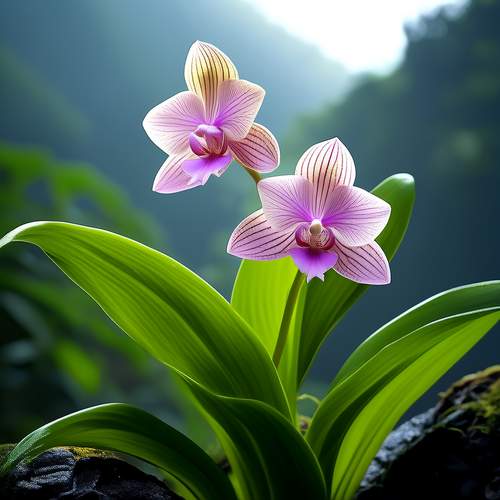
By /May 21, 2025

By /May 21, 2025

By Benjamin Evans/May 20, 2025
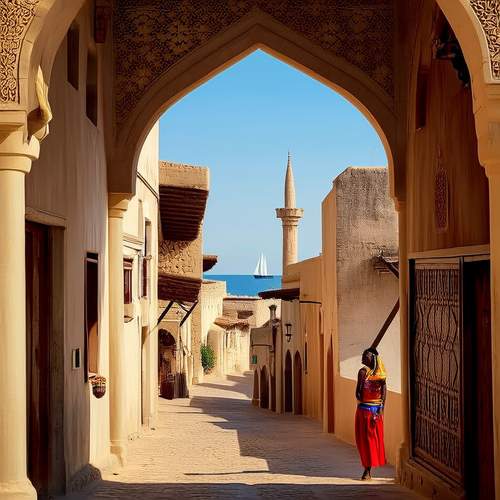
By /May 11, 2025

By /May 11, 2025
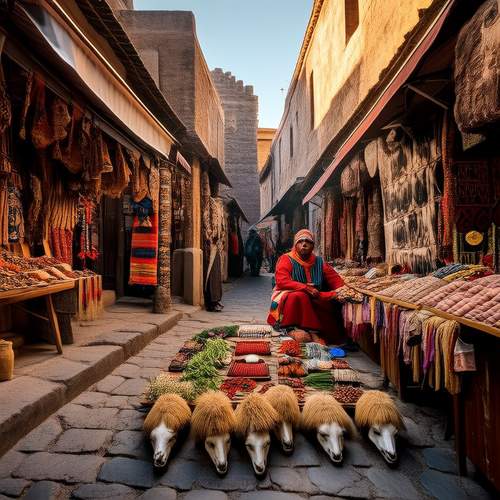
By /May 11, 2025

By /May 11, 2025
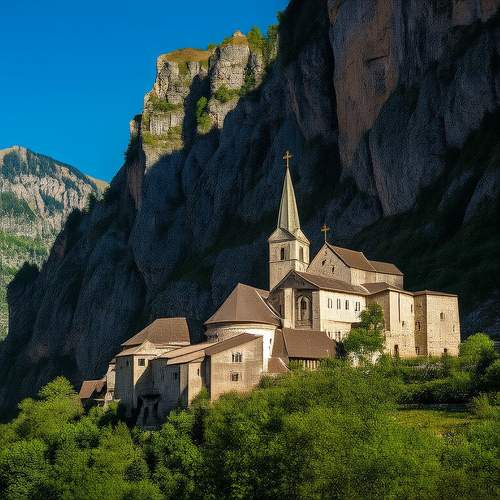
By /May 11, 2025

By /May 11, 2025
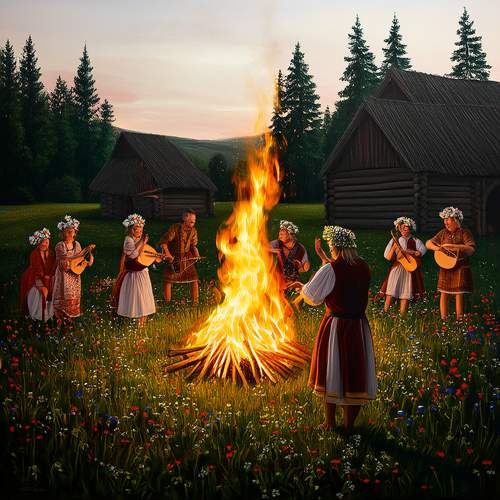
By /May 11, 2025
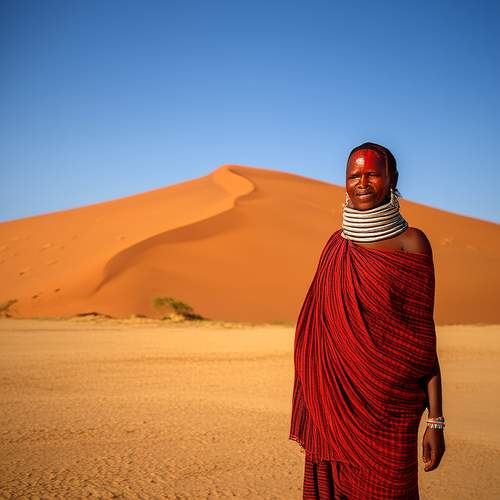
By /May 11, 2025

By /May 11, 2025

By /May 11, 2025

By /May 11, 2025
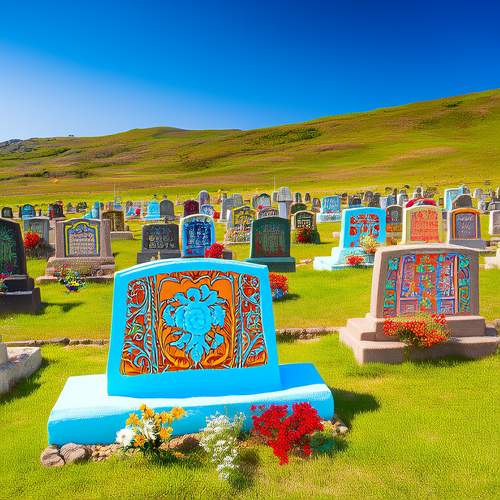
By /May 11, 2025
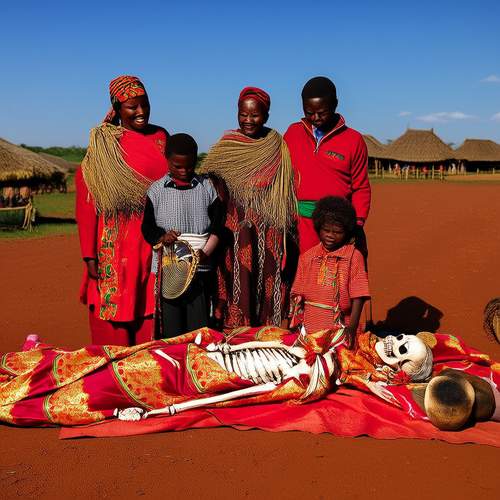
By /May 11, 2025

By /May 11, 2025
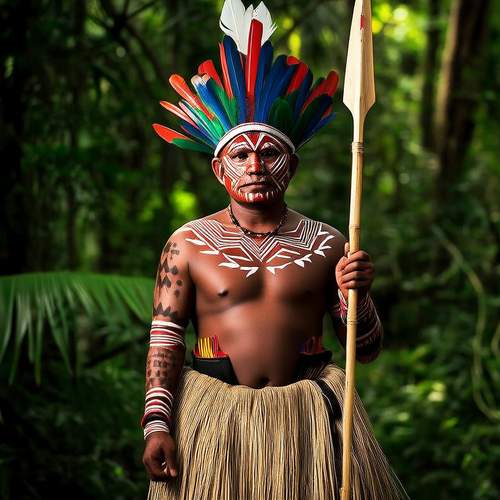
By /May 11, 2025
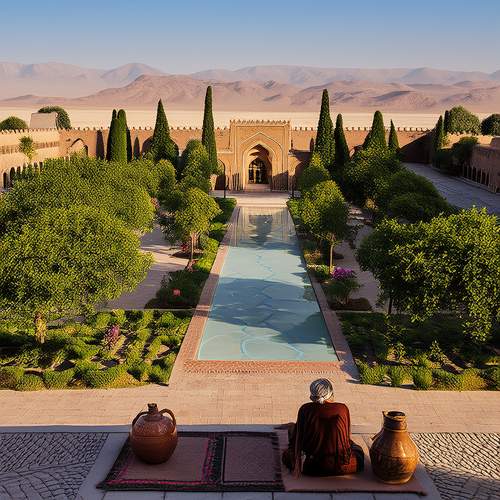
By /May 11, 2025